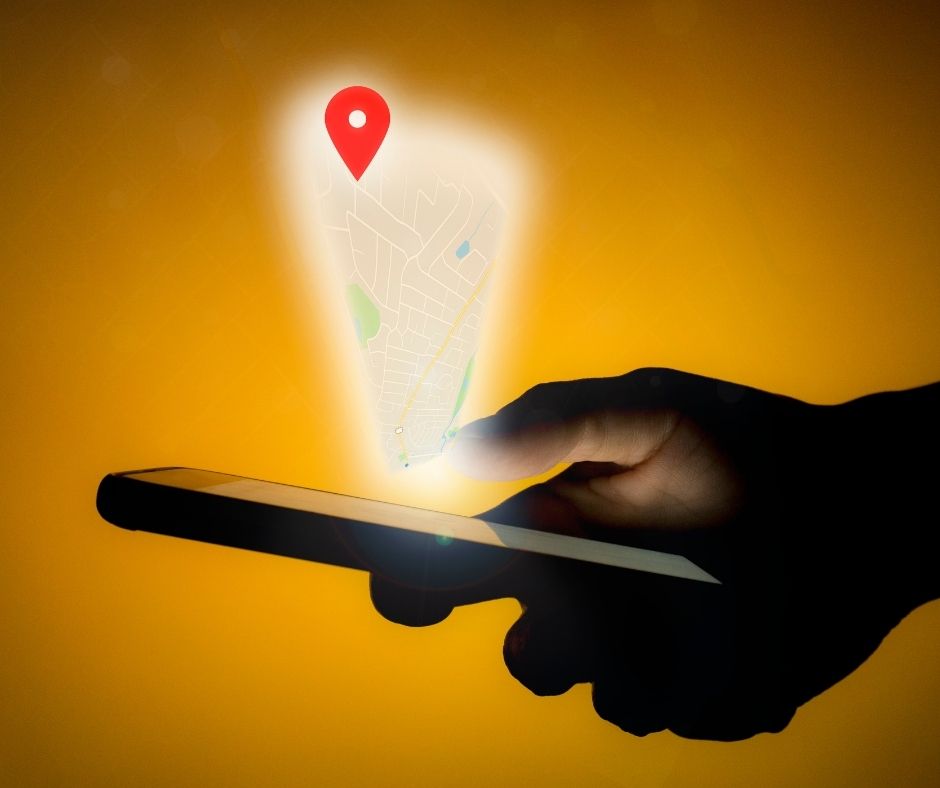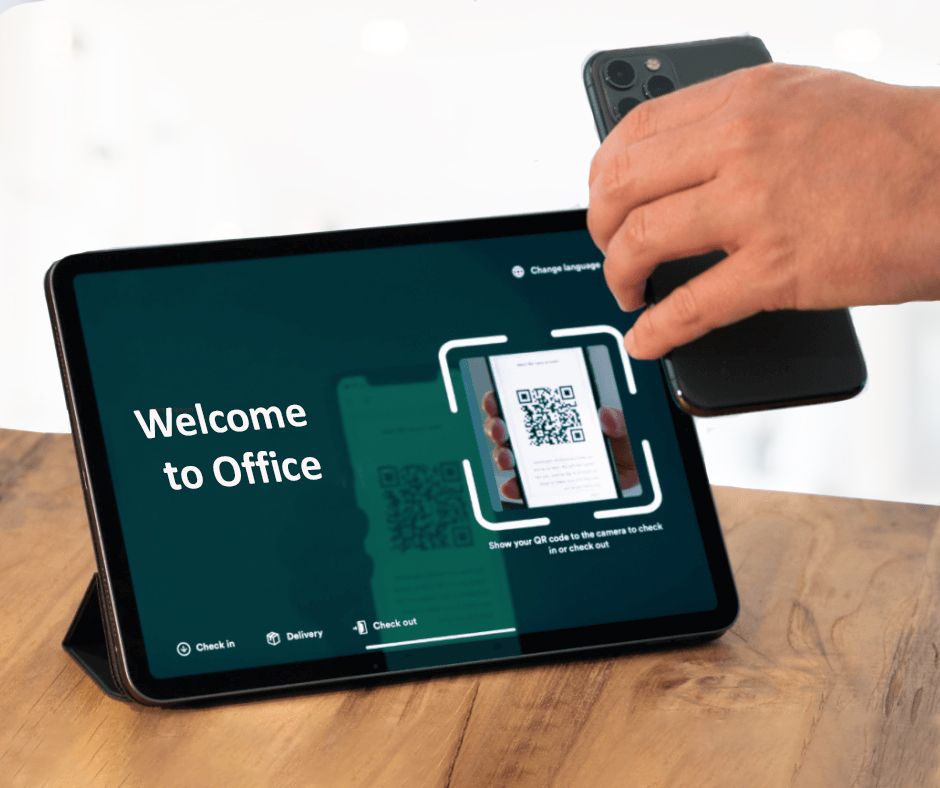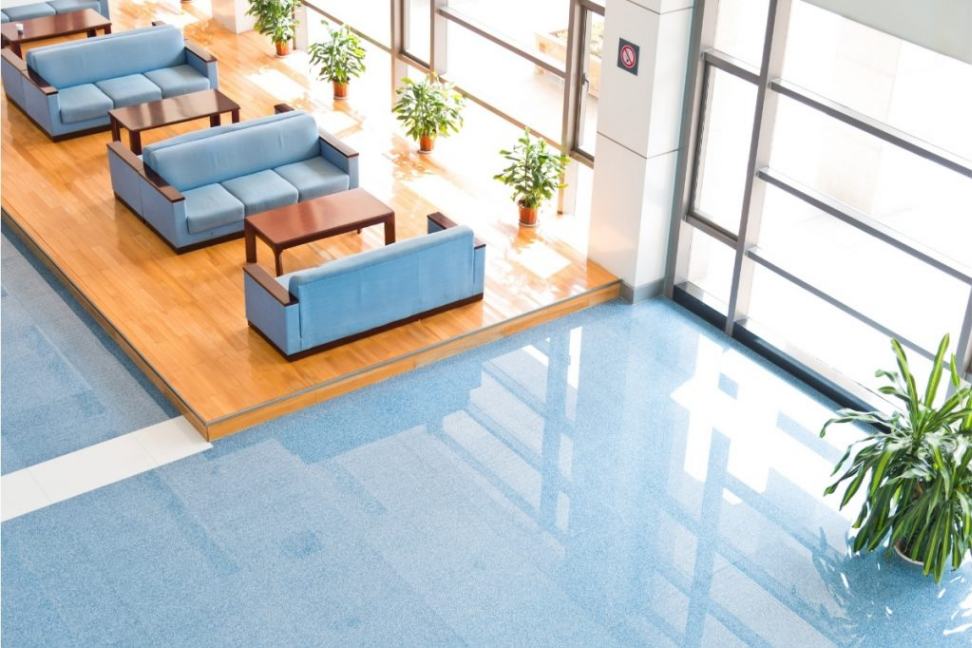Mobile-Based Employee Attendance Capturing for Your Distributed Workforce

With smartphones in every hand, location-based attendance tracking has become much easier today than it ever was in the past. Pre-pandemic, when we used to work from our office desks, we never felt the need for something like this. But with a distributed and remote workforce today, the easiest and the most accurate way of […]
How Can You Radically Transform Employee Onboarding in 2021?

2020 has undeniably been the game-changer when it comes to innovation and implementation of technology. And like every other innovative solution, the one that we would be talking about in this blog was birthed from specific lockdown-borne shortfalls – digital employee onboarding that leverages cloud capabilities. The lockdown had got our entire workforce to operate […]
2021: The Beginning of the New Era of No-Touch Receptions!

With offices reopening their doors after a lengthy hiatus, 2021 is positively going to be a year full of opportunities and actions. And all those desperate measures that you had designed (or redesigned) and tested throughout 2020 are about to have a true-blue execution. Before going any further, you may consider having a quick look […]
Back-To-Work In 2021

After a nightmarish 2020, working professionals throughout the nation are finally getting back to their familiar normal amid this new normal. With the vaccines getting ready to be distributed, the second dry run executed, and the number of recoveries crossing the 1cr.-mark, employers are all set to welcome their employees back. Even though people are […]
Are You Honing Your Digital Fluency?

The sudden appearance of a pandemic has forced every organization in this world to go offsite with their entire operations and workforces. Do you think it would have been even remotely successful without digital technology? 2020 has made digital transformation vital for the survival of organizations apart from upgrading them. It has been the backbone […]
Why Should You Be Trashing Your Visitor Logbooks During the New Normal?

The new-normal workplace is all about change; change in approach, change in technologies, change in the working environment, change in work location, and whatnots. Each one of us is witnessing these changes since the onset of the pandemic. Our employers are leaving no stones unturned in adopting the best resources for us to ease our […]
Rethinking The ‘New Normal’ Workplace with ‘Trust’

The COVID-19 pandemic has made most of the companies worldwide struggle real hard to keep up with their productivity. There has been a severe drop in product demand since the onset of lockdown. Hence organizations could not capitalize on their talent acquiring opportunities. As a result, the existing employees had to face tremendous pressure while […]
The Dawn of the New Age No-Touch Visitor Management Systems

With the onset of winter, experts are fearful of the second wave of COVID-19 and more severe this time. The festive season has somewhat spiked up the number of COVID cases in India already. Dr. Jagat Ram, Director, Post Graduate Institute of Medical Education and Research, Chandigarh, had issued a note earlier this month saying […]
3 Key Features to Look for in a Visitor Management Software During the New Normal

Let’s say you’re buying a new car or picking a new house. You’re investing in something that will be yours for a long time, so when making your selection, you don’t want to settle for a choice that will simply get you from one point to another. You’re looking for that perfect car that will […]
Our Tech Culture Needs to Reset for Women

Resetting Tech Culture, a joint research report put forward by Accenture and Girls Who Code claims that half (exactly 50%) of the female techies leave their jobs by the age of 35. Even though numerous efforts have been made to spike up the interest of women in technology careers, a striking gender imbalance is still […]
